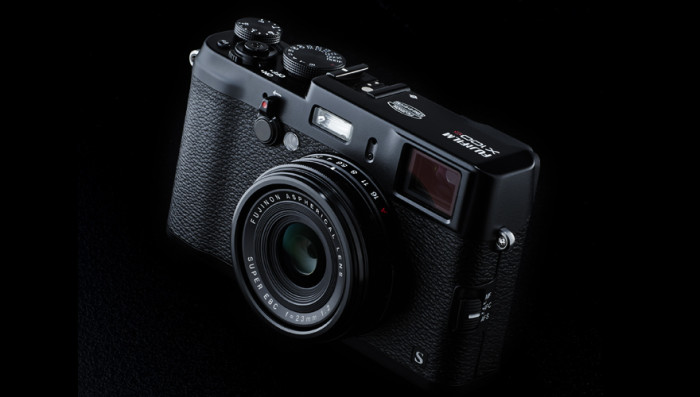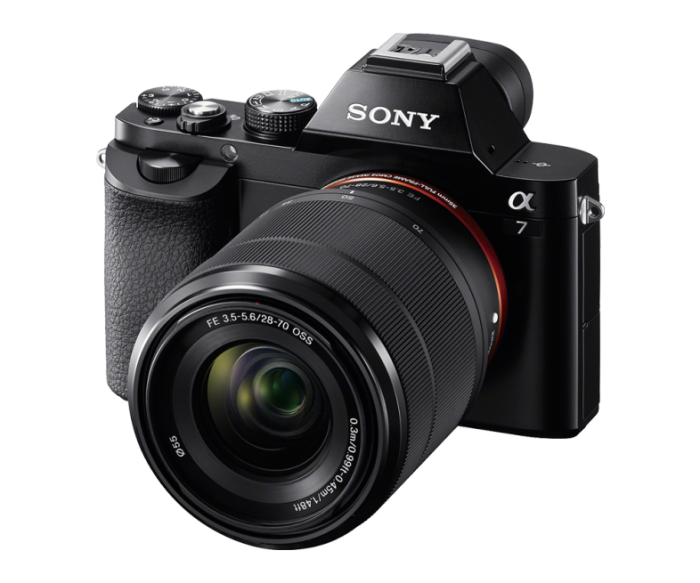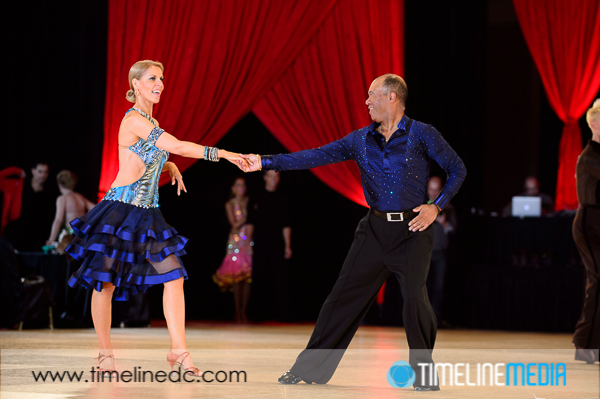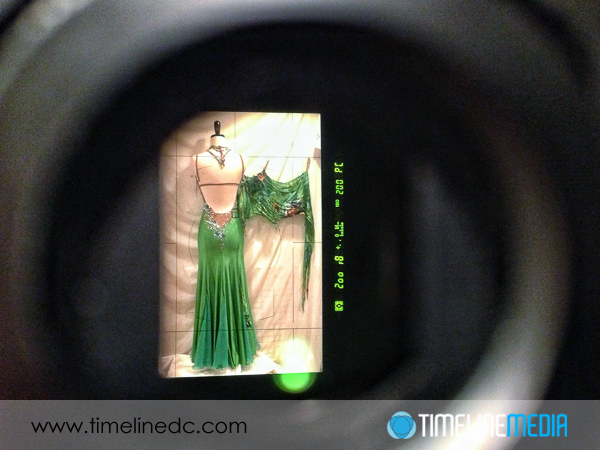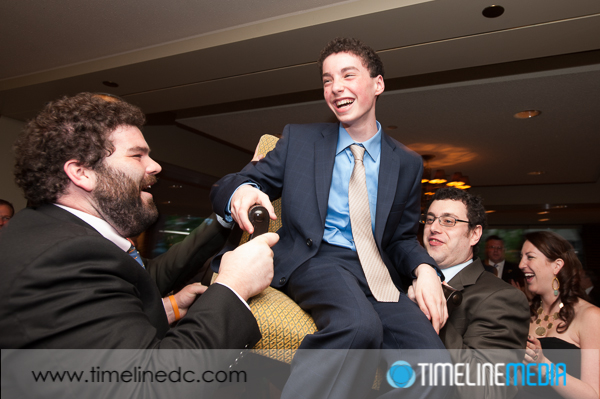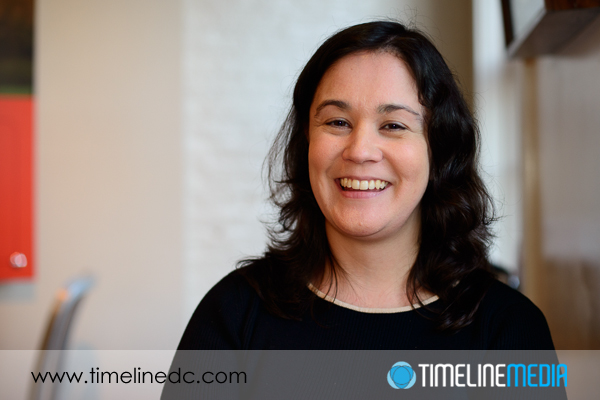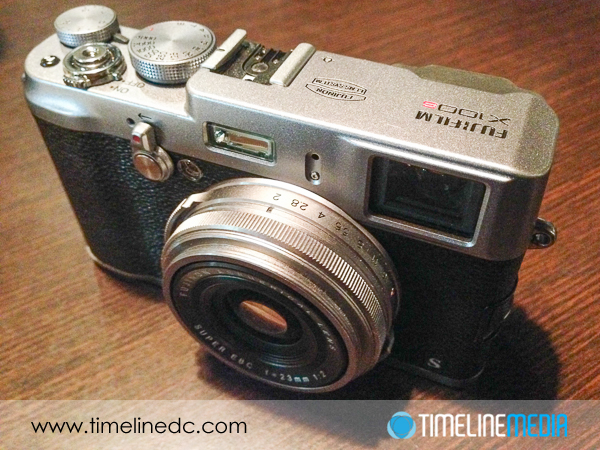
Reading blogs is how I have been getting all of my photography and technology related news. The technology in RSS readers allows me to keep up easily with breaking news, and one of the inspirations I had in writing every day. In reviewing how I have been posting on my blog, I wanted to have a weekly post where I can redistribute some of the news items that have been grabbing my attention.
Photography Gear
Many photographers love to talk about gear – what is new, what is coming out soon, and I am no different. The 2014 International Consumer Electronics show just recently wrapped up in Las Vegas. Not only do they show off the latest in computer, home theater, and gaming products, but they also have lots of news for photographers. Fujifilm announced some interesting products that will be coming out this year. If you have been reading my blog, you have seen my post about the Fuji X100s. I have been looking for a small, compact camera that is easy to travel with when doing personal projects. I am still learning more about this camera on every shoot, but have been pleased with the features, build, and the resulting photos. At the CES, Fuji announced that they will be releasing a new all-black version of the camera body. There are no added features with the new release, but it should please street photographers that are looking to be even more inconspicuous as they make candid images.FUJIFILM NZ ?@FujifilmNZJan 12
FujiFilm Announces Black X100S, 50x Superzoom FinePix S1 Cameras http://bit.ly/1calfBN #photographyAdorama Pro ?@AdoramaProJan 6
Fujifilm leads pre-CES buzz with black X100S, XF 56mm f/1.2 R lens & lens roadmap update – Fujifilm stole… http://tmblr.co/ZOPk6t13Ww_0L
Sony Cameras
Sony was also showing off their compact interchangeable camera, the Alpha A7. They have been making a lot of strides in the compact market which they seem to be concentrating on more compared to Nikon and Canon. With their large product lines in consumer electronics, and professional videography, they should become a bigger player in digital still photography if they keep releasing products such as the A7, or the RX1. Both of these contain full frame sensors giving amazing image making power in such compact cameras. I am excited to see what kinds of lenses both Fuji and Sony create for these lines. They will definitely be good replacements or backups for full frame DSLR kits in the near future.Sony Electronics USA ?@SonyElectronicsDec 22
More #SonyCamera news: Check out this Sony A7r Review | Lots of Sample Photos http://www.stuckincustoms.com/sony-a7r-review/ … #photography via @treyratcliffSony Electronics USA ?@SonyElectronicsDec 30
Awesome! RT @linhbergh I shot a wedding exclusively with the @sony #a7 and #rx1 yesterday. It was sublime. pic.twitter.com/rMU1Z6NwSS
TimeLine Media – www.timelinedc.com
703-864-8208

